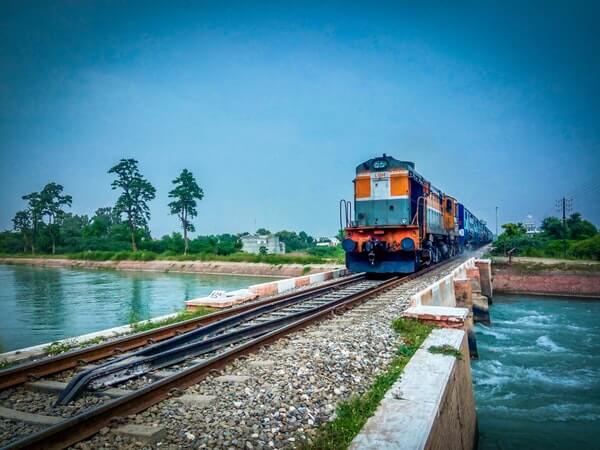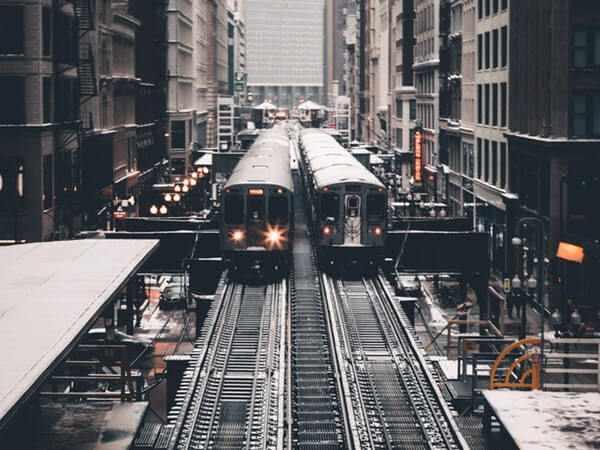
India is made up of 28 states, each with its own identity and history. Each of these states has one thing in common, the shared usage of the Indian Railways. With a track length of more than sixty-eight thousand kilometers, nearly each and every part of the country is touched by the railroads.
With an evident divide in culture and history, it is hard for a singular organization to have complete control and keep in check of the entire railway network. In the early 1950s, it was decided that the state-owned railways will be merged into zonal divisions, each autonomous in operation but controlled by the Indian Railways. The initial 9 zones were further split into 8 more zones in the early 21st century, and as of now, there are 17 zones of the Indian Railways.
One of the earlier split zones is the South Central Railways. One of the largest zones by area, it covers nearly all of Andhra Pradesh and Telangana state and mainland Maharashtra, along with some portions of Madhya Pradesh, Karnataka, and Tamil Nadu. It is further sub-divided into 6 divisions which are Guntur, Nanded, Secunderabad, Guntakal, Hyderabad, and Vijayawada.
This zone came into being on October 2nd, 1966 and was fully electrified by 1989. It was created by the merger of the Hubli and Vijayawada divisions of the Southern Railway along with the Solapur and Secunderabad divisions of the Central Railways. It has seen a fair amount of instability and demarcation, with the Solapur division (1977) and the Hubli divisions (2003) de-merging, and instead, the Guntakal division (1977) was integrated. The Guntur and Nanded divisions were newly created in 2003.
Nearly sixty-two hundred kilometers of track runs through the region, which is nearly 10 percent of the total track length of the whole country. Most of the track that runs through this region is the broad gauge and some hard to reach areas have the meter gauge. It is headquartered in the Secunderabad Railway Station in Telangana State. The Secunderabad division is one the top 5 railway divisions in the country. This zone topped a recently conducted punctuality and passenger ratings survey in 2016-17. It is also has a lot of infrastructure with various, depots sheds, workshop, training institutes and so on spread across the region.
Due to the sheer volume of trains that run through this region, it is one of the highest revenue grossing zones of the Indian Railways. It rakes in over 1.4 billion dollars annually. This makes this zone the highest grossing member of the IR on par with the extremely busy sector of Northern Railways. This huge influx of revenue can also be attributed to the sizeable amount of freight that comes through this region, with nearly all the ports in Andhra Pradesh using this railway zone.
This zone is also technologically up to date, with all of the modern amenities available on stations and trains; along with features on mobile devices such as PNR status, seat inquiry and IRCTC train inquiry between two stations. All these features and much more are available on demand and on various ticket-booking websites as well.

